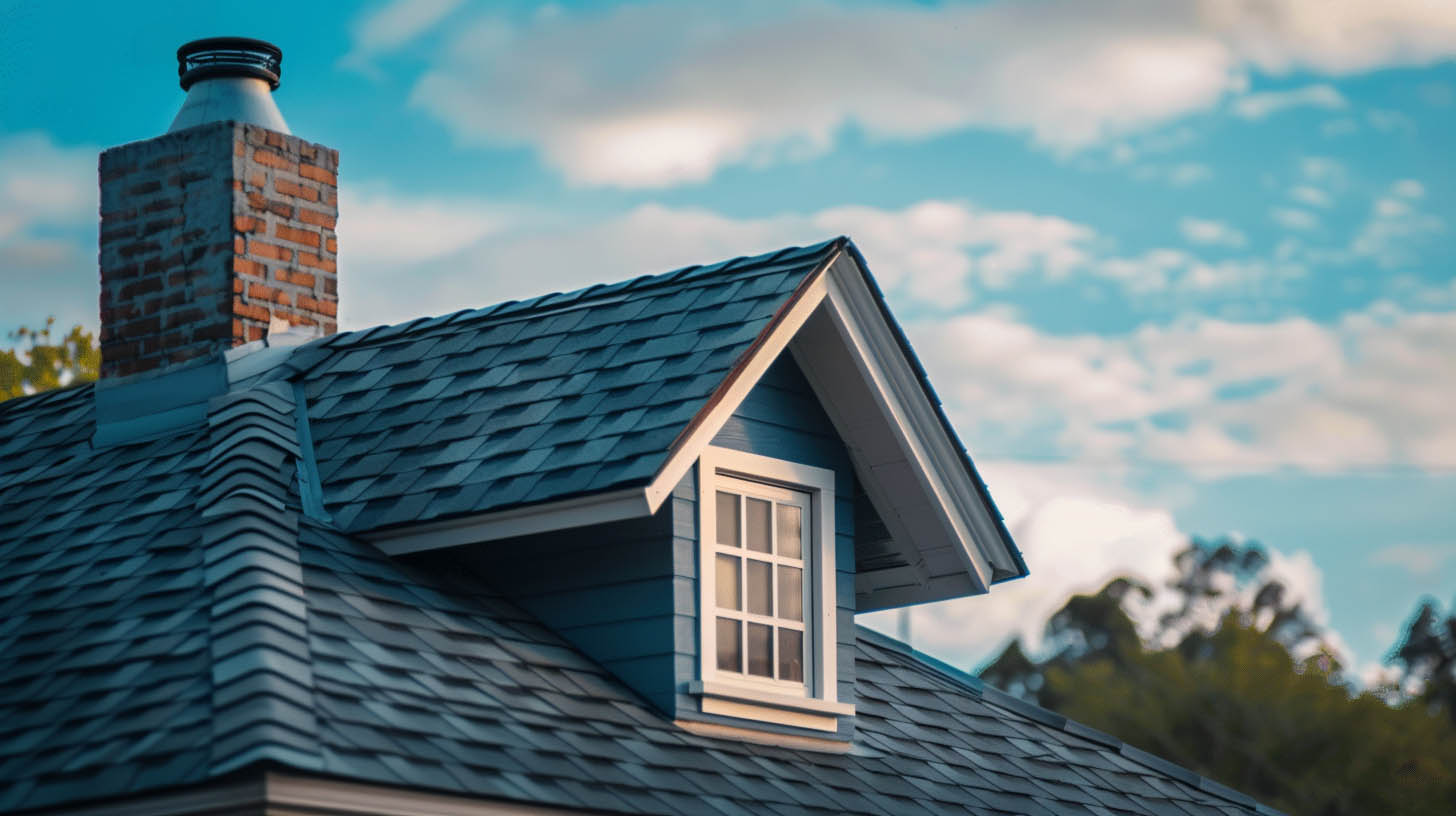Roof flashing is a crucial component in maintaining the integrity and longevity of your roof by preventing water damage. It’s essential to understand the function of flashing and the materials typically used for effective protection.
What is Roof Flashing?
Roof flashing is a thin material, usually metal, that directs water away from critical areas of the roof, particularly where the roof surface meets projections and interruptions such as walls, chimneys, and vent pipes. Properly installed flashing is key to avoiding leaks in your roof’s most vulnerable areas.
Common Materials Used for Flashing
- Copper: Highly durable and develops a protective patina that can enhance its lifespan and aesthetic appeal.
- Steel: Often used for its strength and durability, it is usually treated with a zinc coating to prevent corrosion.
- Lead: Known for its longevity and flexibility, it is particularly effective in complex junctions on the roof.
- Aluminum: Lightweight and corrosion-resistant, suitable for many environments but must be coated to prevent corrosion in contact with concrete or masonry.
Key Areas That Require Flashing
- Valleys: Where two roof planes meet and water collects, requiring a sealed channel that prevents water from seeping under the shingles.
- Chimneys and Skylights: Both need precise flashing techniques to ensure no water can penetrate the roof at these junctions.
- Drip Edges: Installed at the edges of the roof, these help water transition from the roof to the gutters, protecting the underlying wood from water damage.
- Wall Connections: Where the roof meets a vertical wall, flashing helps bridge the gap and direct water away from the wall.
Installation and Maintenance
Proper installation by professionals like Trojan Roofing is crucial for ensuring that flashing functions correctly. Regular inspections are recommended to check for any signs of damage or corrosion, which could compromise the effectiveness of the flashing and lead to leaks.
Why Flashing Fails
The most common reasons for flashing failure include:
- Corrosion: Over time, some materials can corrode, especially if not properly coated or if incompatible metals are used together.
- Physical Damage: Harsh weather conditions like strong winds and hail can physically damage flashing.
- Improper Installation: Incorrectly installed flashing can leave gaps or loose areas that allow water to enter.
Conclusion
Understanding the role of roof flashing and ensuring it is properly installed and maintained is essential to protecting your home from water damage. Regular checks and timely repairs of the flashing can significantly extend the life of your roof and prevent costly repairs. Homeowners should consult with professional roofing services like Trojan Roofing to ensure their roof’s flashing is up to standard.
If you want to know more about Identifying the Attributes of Top Roofing Contractors and Why Trojan Roofing Excels, click here.

